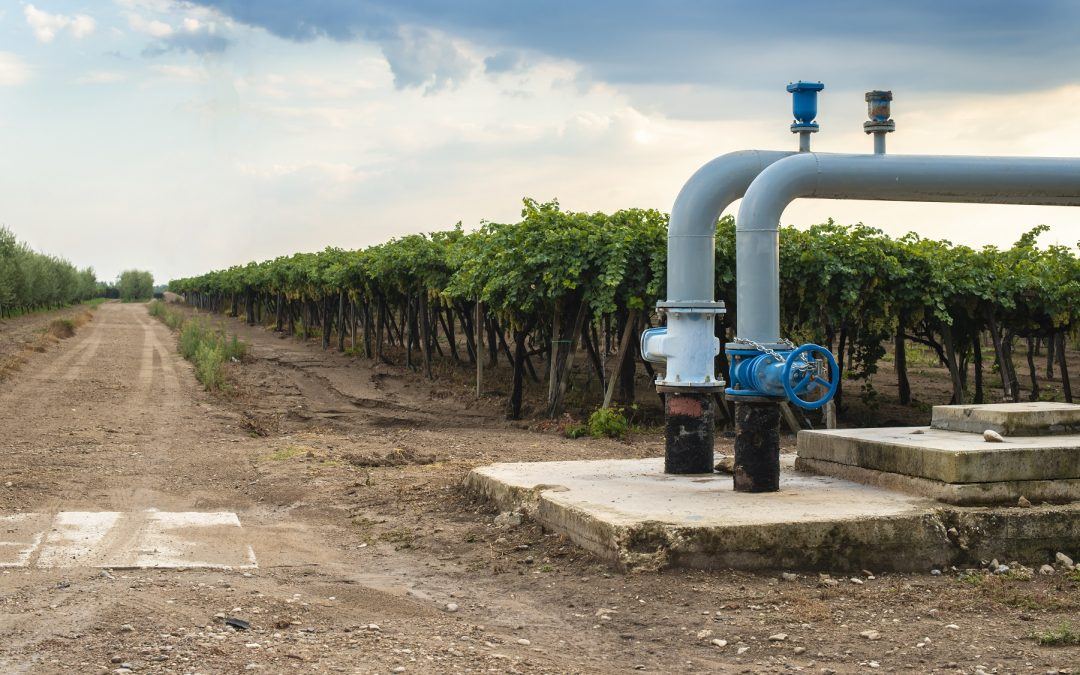Different Desalination Methods for Farmers
As the global water crisis continues to grow more severe, farmers around the world are continuing to search for new and innovative modes of production. Desalination, a mechanical process by which saltwater is converted into usable freshwater, is one such method that may be able to provide some relief to farmers who are struggling to adapt to drier and warmer conditions.
As experts in farm loans and farm refinancing, we’re asked routinely: what desalination options are out there for farmers to adopt? How can a farm land loan help farmers get access to the funds needed to implement this technology? Here’s what you need to know.
Desalination – Cost vs. Value
Due to the comparatively high amounts of energy that’s required for desalination, it tends to be more expensive than other modes of production, such as extracting groundwater or irrigating water from rivers, lakes, and reservoirs. That said, it can greatly enhance our water supply by allowing access to reserves of saltwater for commercial and agricultural purposes.
Primary Methods of Desalination
Here are the three primary methods of desalination that are currently in use:
- Thermal desalination utilizes heat to boil saltwater, separating the mineral content from the newly-purified water in the process.
- Electrical desalination is carried out by means of a small electrical current which is capable of removing the saline content from water.
- Reverse osmosis desalination is achieved by using pressure to force water through a finely-grained membrane which stops and traps the salt content. Reverse osmosis is only used to desalinate water with relatively low salt content, which means it is ineffective with seawater.
Shop for Farm Loans Today!
At MSF Agriculture, we handle the complications of securing a farm loan so that you don’t have to. Contact our office today to find a loan that will work for you!

